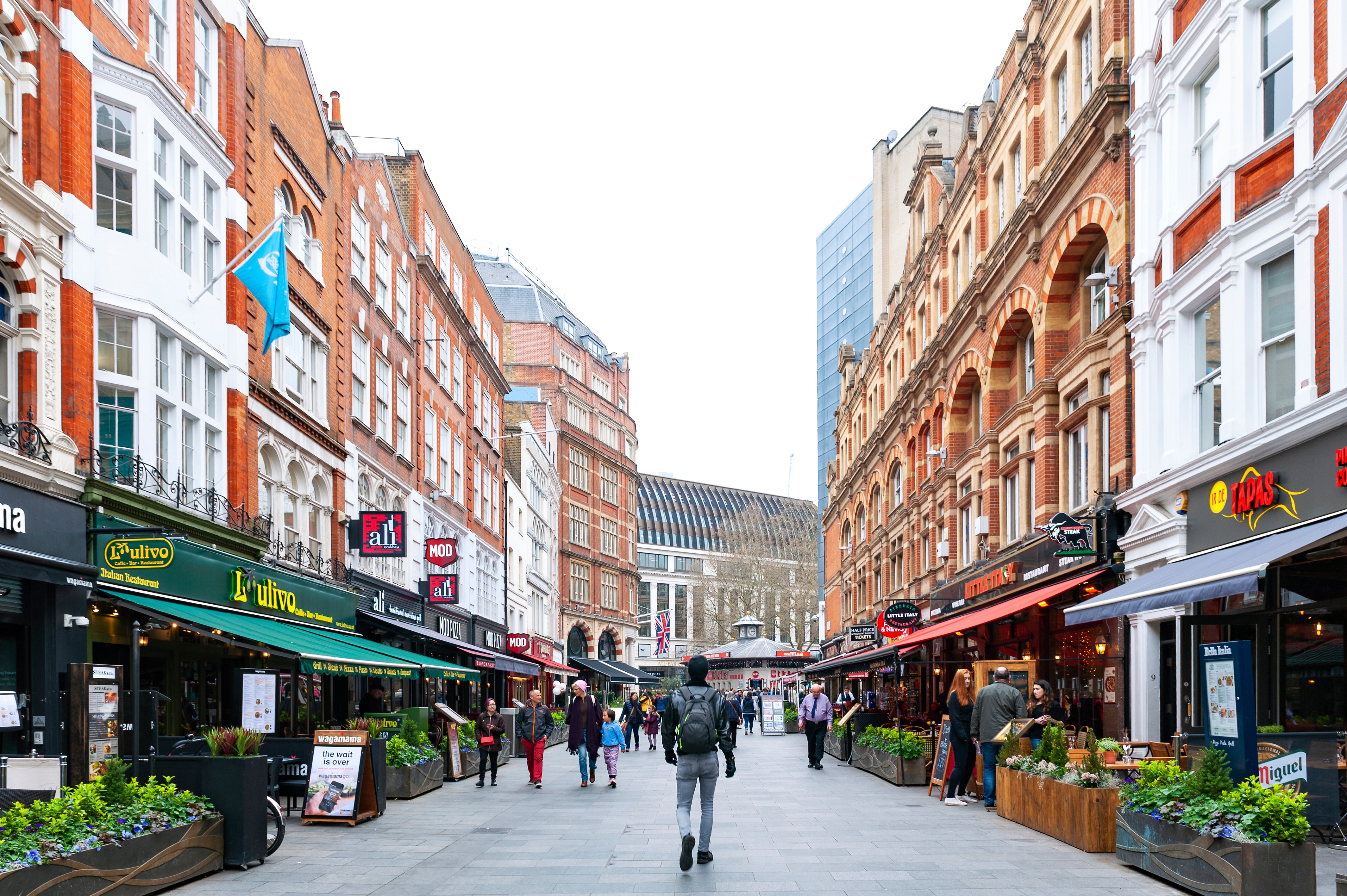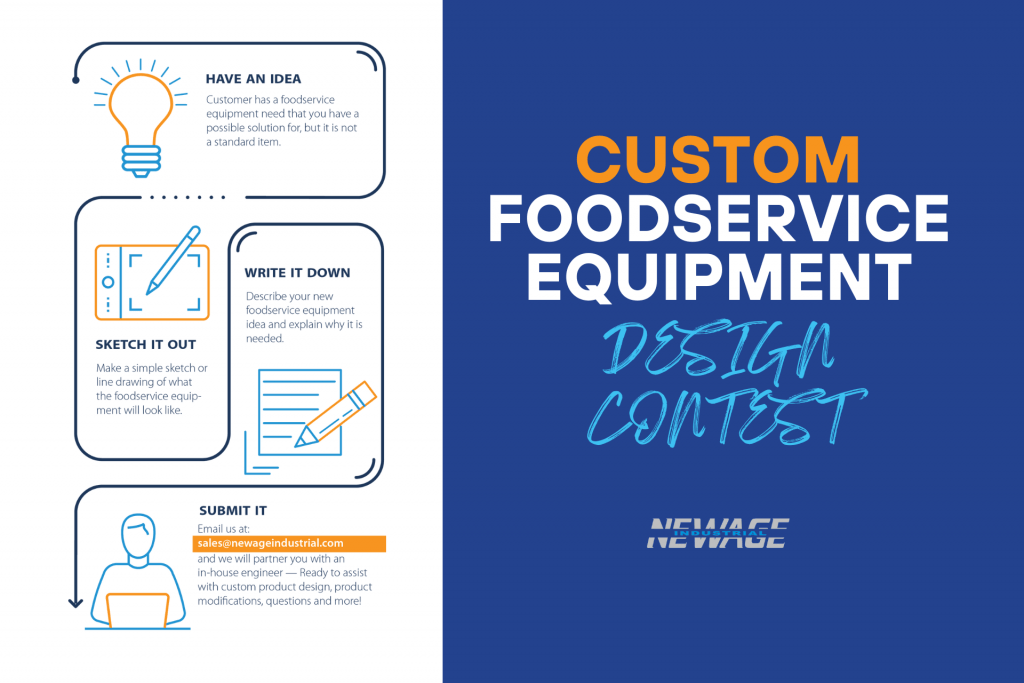
According to a new survey of the British out-of-home (OOH) foodservice market by analysts NPD Group, on-premise dining is set to decline by as much as 8% between 2018 and 2020. However, spend is likely to hit a record £60bn, mainly due to a rise in menu prices. Meanwhile, off-premise is gathering pace, rising by 4% over the same period, due in large part to delivery demand.
“Off premise is going to be the key driver of growth, especially with the rise of apps and online orders,” says Dominic Allport, insights director with the NPD Group.
Visits originating digitally – meaning customers using digital kiosks or order screens in a foodservice outlet, or ordering online or via apps for delivery or takeaway / grab ‘n’ go – will exceed 1 billion per year for the first time by end of 2020, according to the research. The use of apps, in particular, is expected to rise considerably, by as much as 88% between now and the end of 2020.
High street innovation
But all is not necessarily lost for the high street restaurants.
Despite recent stories about store closures (Jamie’s Italian, Byron Burgers, Café Rouge, Prezzo, etc), due to competition, uninspiring menus, high business rates, lack of vegetarian/vegan options etc, there are a growing number of innovative new restaurants popping up across the country catering to changing customer needs.
“I went to a zero-waste restaurant recently and the food was great,” enthuses Chris Stern FCSI, managing director of Stern Consultancy.
“It was a cool, trendy, industrial space where they provided foraged food, and put everything to good use, such as cauliflower leaves and fish trimmings. The place was packed. What was most surprising was the presentation was quite sophisticated too (despite being on crumpled menus).
“To survive, high street restaurants need to be innovative. It’s all about the experience. Customers are fed up with the usual chains providing the same hum drum food served by disinterested waiters.”
Off premise promise
It’s hard to ignore the impressive off premise figures though. NPD forecasts off-premise visits will reach 7.21bn by the end of 2020 (4% higher than 2018), while spend is forecast to jump 10% to £27.87bn. The industry is particularly ramping up delivery with consumer spend set to rise by 22% by the end of 2020 to create a delivery market worth £5.8bn annually.
“We have definitely seen a huge rise in online ordering and delivery,” agrees Matthew Merritt-Harrison FCSI, chair of FCSI UK & Ireland. “But that has been tempered a little by the recent BBC Panorama programme, Takeaway Secrets Revealed, which indicated some food allergy and hygiene problems.
“These need to be addressed quickly. When a market grows that much there are bound to be weaknesses in terms of how the food is produced. But they are adjusting to customer needs,” he says.
Another interesting point, from Stern, is that we need to be careful not to assume the rise in online delivery is happening all across the country. “Not everyone is busy downloading food apps. In parts of the North, for example, they’re not so interested in new technology. They’re happy to grab something, like chips, locally.”
Fast food
This ties into another growing area of the out of home or eat out market, highlighted in the survey, and that is the quick service restaurants (QSRs), otherwise known as fast food restaurants.
Their drive thru options are proving particularly appealing.
According to The NPD Group, drive thru visits are expected to grow by 60 million (or 14%) between 2018 and 2020, and there are now estimated to be close to a thousand outlets throughout Britain.
“They’ve probably reached saturation on the high street, so are looking for secondary locations where they need to be,” says Allport. “The number of car miles is supposed to be increasing by about 15-25% by 2025. So QSR operators are looking at introducing stores within high traffic areas. Plus, planning permission is easier off high street.”
There is definitely a sea change in the way people eat and drink, whether it’s ordering digitally, pop up markets, innovative outlets, or even robots. But there still remains space for the eat-in restaurants. As the survey asserts, “casual dining is still a winner”. By the end of 2020, these types of restaurants will be attracting an additional 43 million visits to represent 5.5% of all out of home visits, while spend will jump 15.5% (£960m). Although, interestingly, part of this is to do with the fact that the chains are expanding into delivery – as well as improving quality and variety.
“The key is to move with the times,” concludes Stern.
Chris Evans




